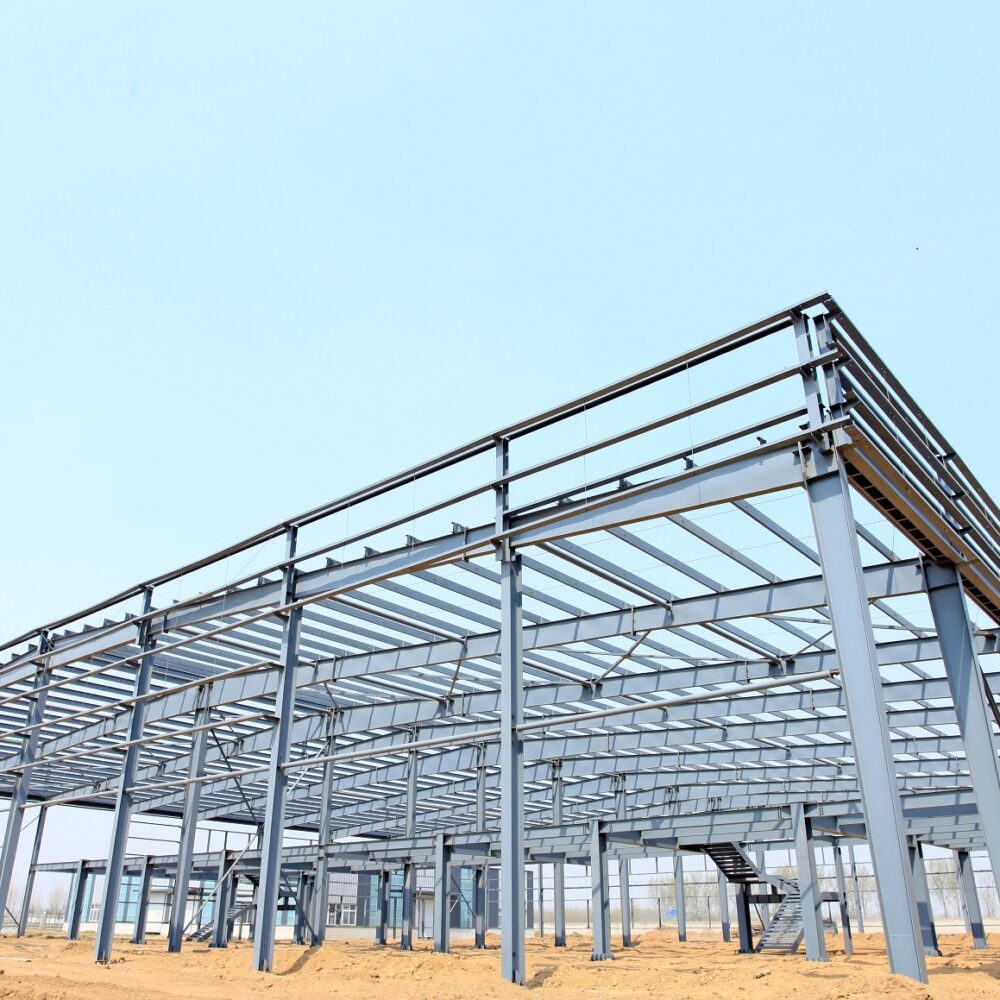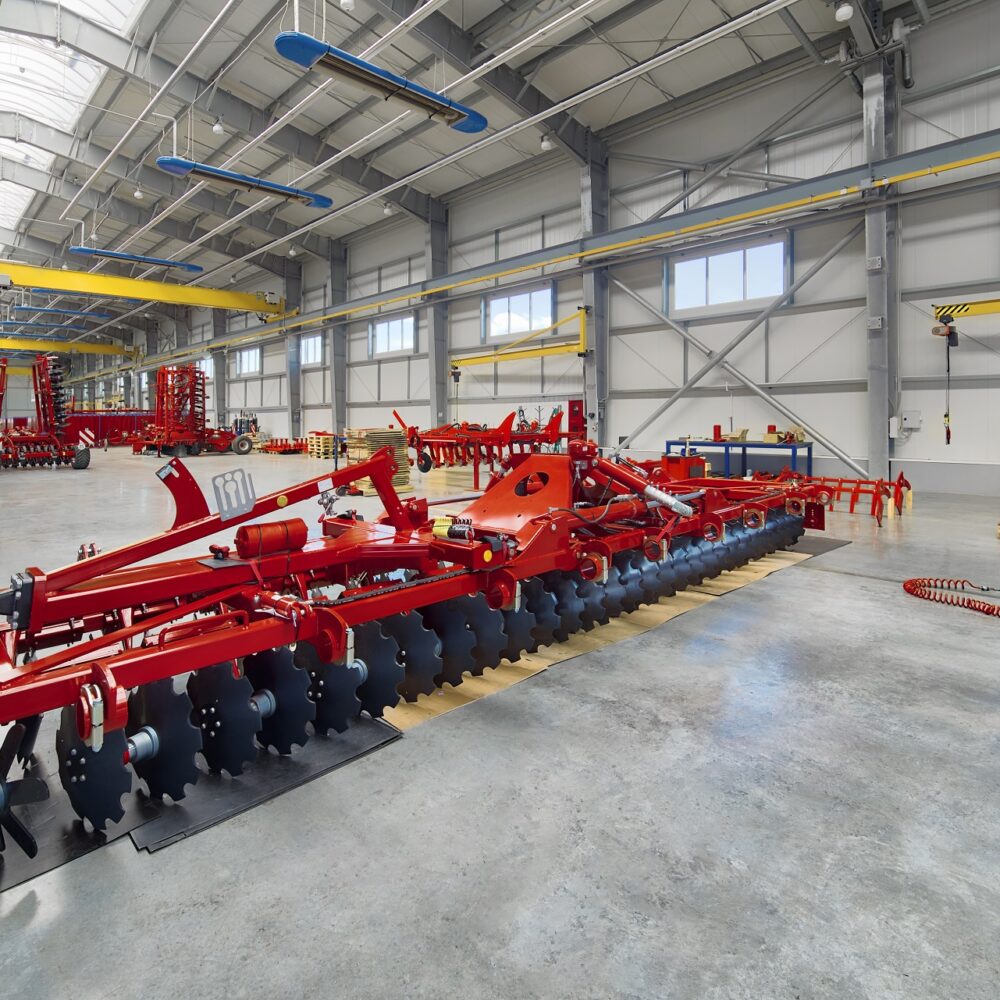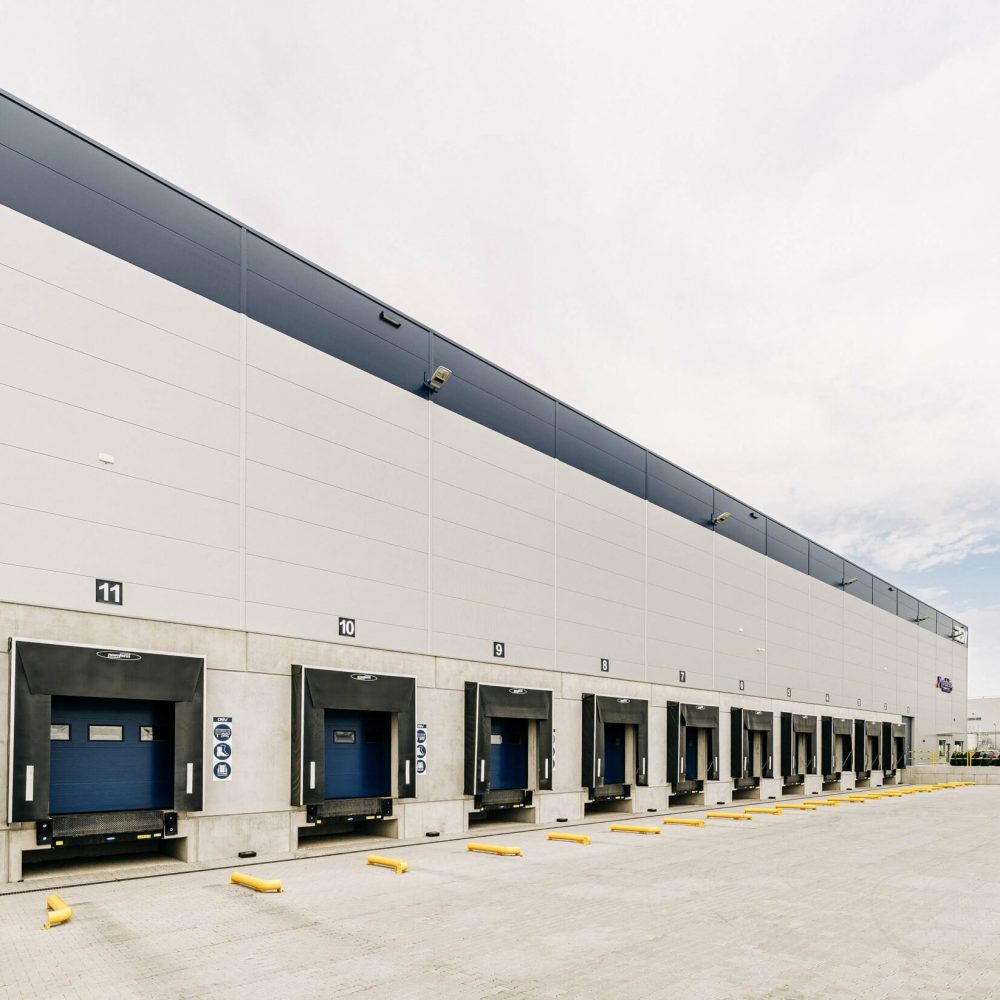
Insulating a steel hall, like any other building, is an important factor in the quality of its use and its operating cost. Hall insulation is understood to be the building envelope that has the role of thermal insulation. The basic elements separating the facility from the exterior are the walls, floor and roof. The proper insulation of the hall makes it possible to maintain a constant and desirable temperature inside the building and to reduce the cost of heating energy requirements, thereby reducing operating cost. It can therefore be concluded that the insulation of a steel hall is an extremely important aspect, both from an economic point of view and in terms of operational comfort. In the following chapters, the methods and materials used to perform proper insulation of a steel hall will be discussed respectively.
Steel hall roof insulation
The roof in buildings is a structural partition through which a very large amount of heat penetrates. Air inside a building is constantly subjected to convective movements in which colder volumes of air fall to make way for warmer air rising upwards. There is therefore relatively warmer air under the roof than in the lower volume areas of the building. Thus, proper insulation of the hall roof is a very important issue. Hall roofs are usually insulated with large-format panels made of mineral wool, polystyrene or polyisocyanurate (PIR). The insulation layer is then covered with a waterproofing material in the form of a PVC membrane or possibly felt. Importantly, the insulation of the steel hall roof must not only be made with correct thickness of heat-insulating material, as the aforementioned materials are not always interchangeable. For some steel halls, the facility’s fire protection requirements state that the hall roof be insulated with non-combustible materials. In such cases, the insulation of the hall roof should be made of mineral wool. However, when fire safety regulations permit the use of other materials, it is worth considering insulating the hall roof with, for example, PIR panels, which are, as a rule harder and lighter than mineral wool and therefore place less of a strain on the roof’s steel structure.
Insulation of steel hall walls
The walls of the steel hall play an equally important role in insulating the internal volume of the facility from external influences. Insulating walls of a hall is now most commonly done by installing wall sandwich panels. Sandwich panel walls are made of prefabricated modules consisting of two profiled sheets in a colour chosen by the investor, with a thermal insulation layer of suitably selected thickness sandwiched between them. The thermal insulation material for wall sandwich panels can be hard mineral wool, PIR or, less commonly, polystyrene. As with the insulation of the hall roof, where the façade is required to provide adequate fire protection in selected areas, the sandwich panels must be made of non-combustible insulating material (hard mineral wool) in this area.
An alternative solution for insulating the walls of the steel hall is to make a panel façade or a sheet-wool-plate façade. In both cases, thin-walled steel elements are mounted to a suitable substructure or the structure of the hall, to which soft mineral wool panels/boards are manually laid and then covered with steel cladding on the other side. However, this solution is less commonly used nowadays because of the greater labour intensity of installation and the greater susceptibility to degradation of thermal insulation materials if water enters the thermal insulation.
Insulating the floor and underground part of the steel hall
A common practice in housing construction, is the thermal insulation of the floor on the ground. When the steel hall floor is insulated, the possibilities for additional insulation with any insulating material are severely limited by the strain that is customary in this type of building. Insulating materials can withstand strain of 150-300 kilograms per square metre and, in the case of steel halls, these strains are generally much greater, for example due to vehicles handling the stored material. In warehouses, in particular, the point strain values can be several or more times higher – especially in high-bay warehouses, where the point strain of the rack feet on the floor is enormous (up to several tonnes per rack foot). Thus, given the nature of the use of the building, it is assumed that the concrete floor in the steel halls rests directly on the ground without additional thermal insulation. In order to improve the thermal performance of the building to some extent, the underground part of the steel hall walls is being insulated. We are talking about the insulation of the so-called wall “foundations”, which are wall elements that are partly located below ground level. With this treatment, it can be assumed that the ground under the floor is conventionally warmer due to the heat transfer from the hall through the floor down to the ground. The ground beneath the floor transfers heat in all directions and therefore sideways and downwards. The lower the heat reaches, the warmer the ground it encounters, so the heat is transferred more efficiently to the sides beyond the outline of the hall. By insulating the underground part of the hall walls (base insulation), the effect of extending the heat escape route exists. The heat must pass “under the foundation” and not immediately at the junction of the above-ground part of the wall with the ground. This has the effect of improving the insulation of the hall floor.
Insulated steel hall
When choosing insulation for a steel hall, it is important to bear in mind the need to consider the use of different insulation materials. When analysing the types of materials and methods for insulating a steel hall, it is important to take into account not only economic aspects but also the thermal insulation properties of the materials and the possibility of their application in terms of separate regulations such as fire protection.
Whichever solution is chosen, it is important that an insulated steel hall is an economical and therefore socially responsible building in the long term, which also guarantees appropriate user comfort.



